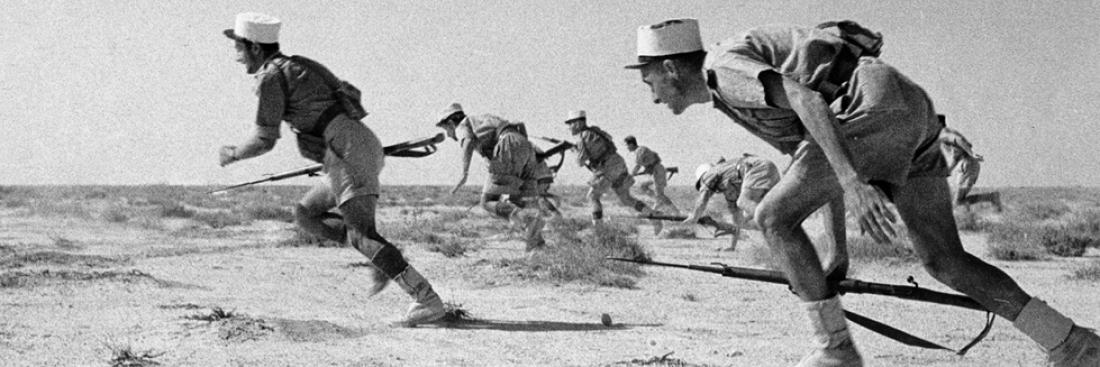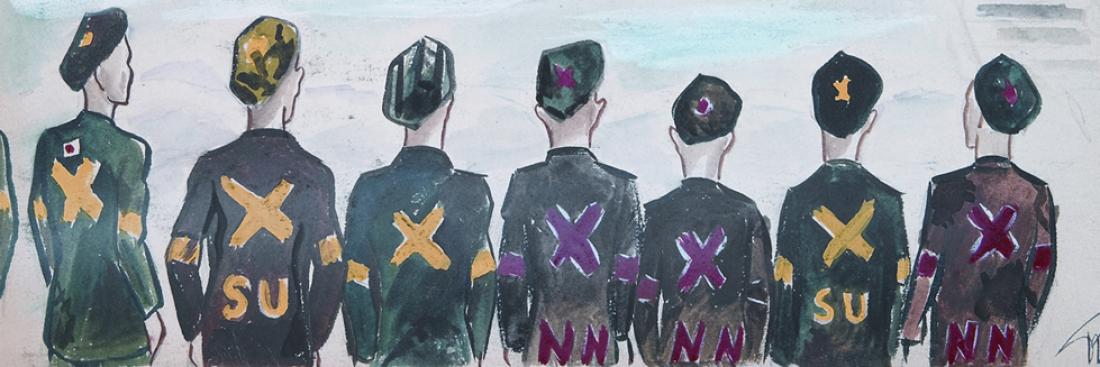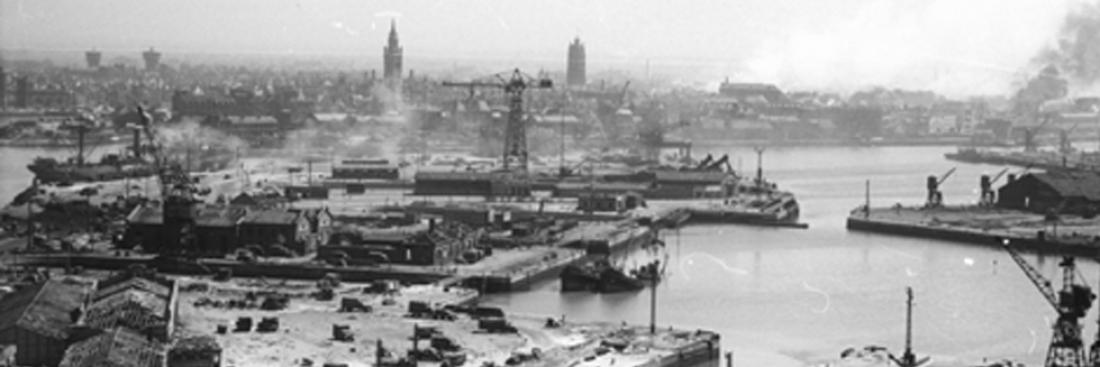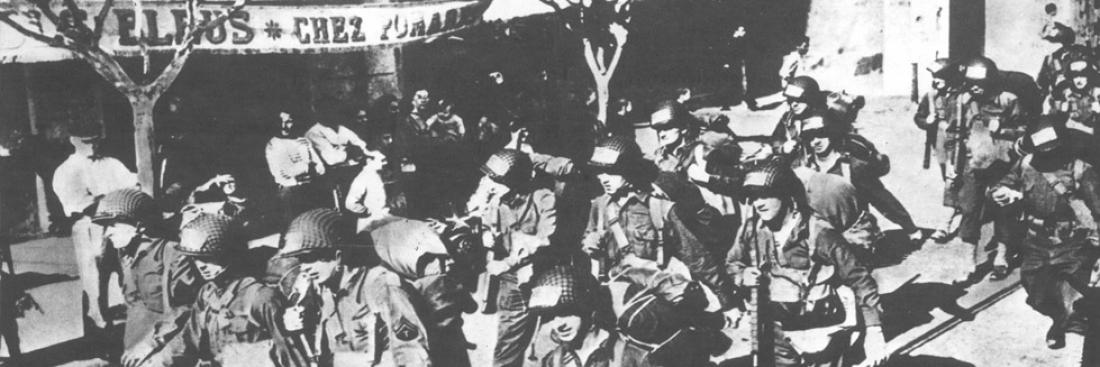The Norwegian campaign (9 April - 7 June 1940)
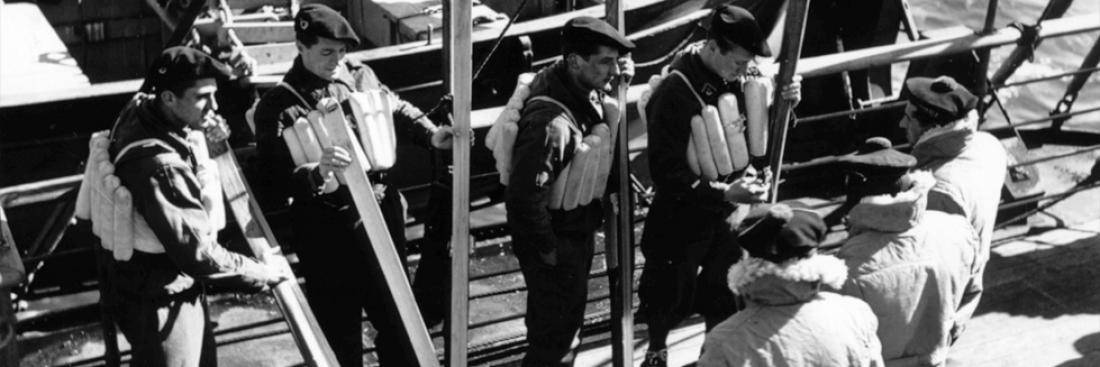
Source : ECPAD France
History
Right from the start of the Second World War, Norway attracted the attention of the belligerents. It lay at a strategic maritime crossroads, its fjords could accommodate a large fleet, and iron ore from Swedish Lapland, potentially invaluable to the German war effort, passed through the port of Narvik.





